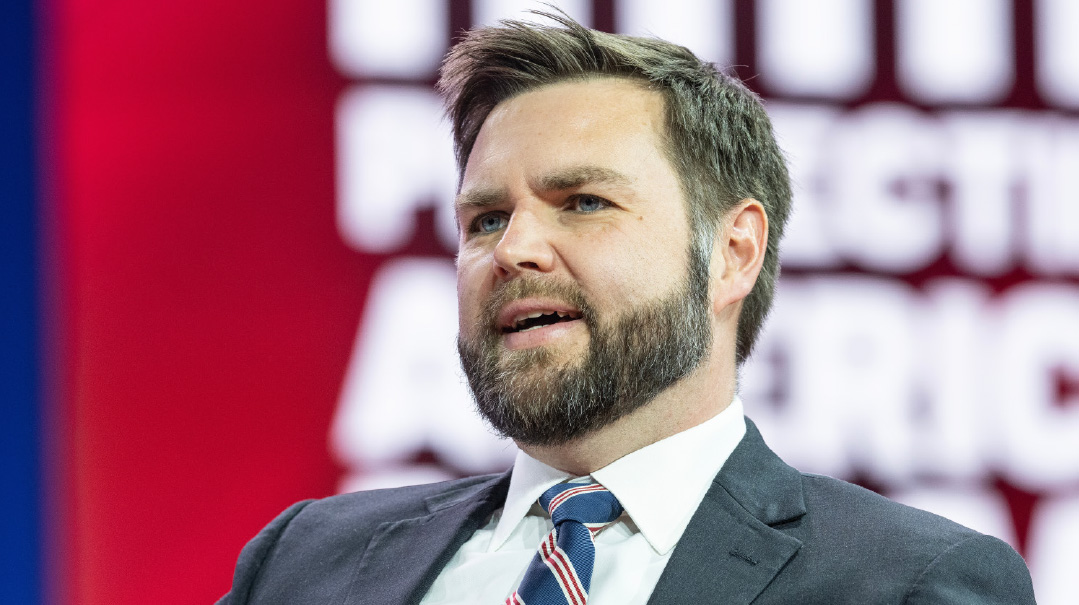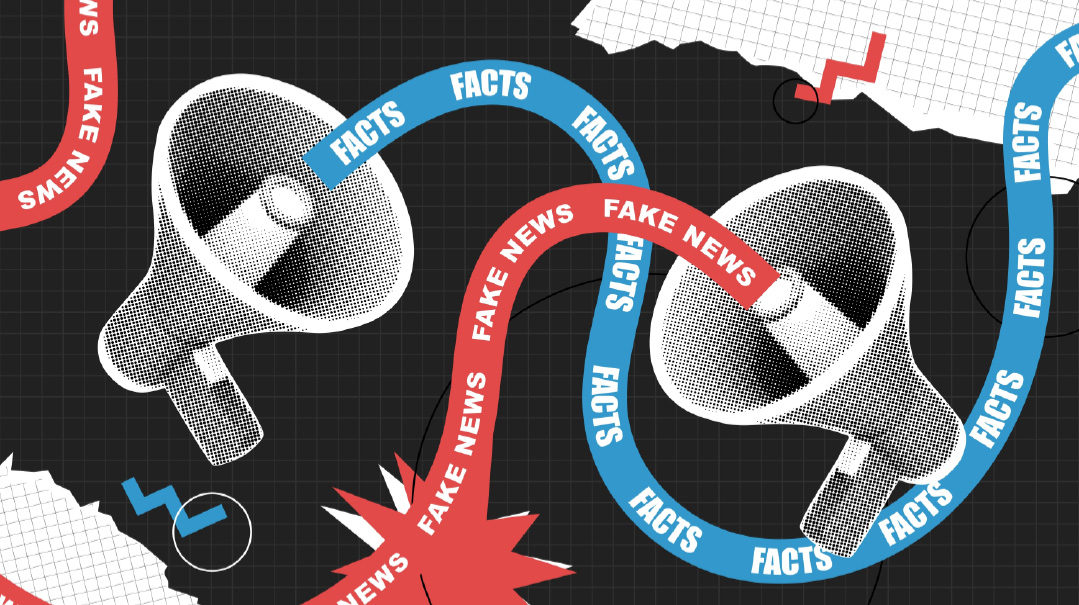Good Intentions Gone Awry

Unskilled and young workers are most likely to be hurt by a minimum wage increase
Progressives typically pride themselves on being better educated, more scientifically savvy, and possessing a greater fealty to empirical facts than their benighted conservative opponents. Yet progressives consistently prefer good intentions to good results.
The most obvious example is the progressive push for dramatic increases in the minimum wage. Politicians across the liberal-to-progressive spectrum, including all the current Democratic presidential hopefuls, are wedded to the notion that higher minimum wages are an essential tool to reduce income gaps.
The problem, however, is that the progressive pet nostrum flies in the face of one of the first rules of economics: Higher prices lead to lower demand. In a tight job market, and in places with an educated workforce, higher minimum wages might boost lower earning workers, without significant job loss. But where the increases are large, the entirely predictable result is the shedding of lower-wage jobs, a turn toward automation or cheaper foreign labor, higher rates of failure for businesses at lower profit margins, and fewer hours of work for affected employees.
In a 2017 working paper published by the National Bureau of Economic Research, a team of University of Washington economists hired by the city of Seattle, a progressive haven, found that the costs to low-wage workers from Seattle’s gradual imposition of a $15-dollar minimum wage have outweighed benefits by a ratio of three to one. The study’s authors found that the average low-wage worker lost $125 per month in wages, either to the loss of his or her job or reduced hours as a result of increases in the minimal wage.
A 2017 Harvard Business School study determined that every dollar increase in the minimum wage results in a 14 percent increase in the likelihood of closings of mid-level restaurants. And the same pattern applies to other industries employing large numbers of unskilled workers, such as the ready-made apparel industry. In the midst of steep increases in the Los Angeles minimum wage to $15 per hour, American Apparel, Southern California’s largest clothing manufacturer, cut its workforce by over ten percent. “The exodus [of lower paying manufacturing jobs to cheaper labor destinations] has begun,” Loyola Marymount economics professor Sung Won Sohn told the Los Angeles Times.
Those hardest hit by the minimum wage increases are workers occupying the very lowest economic echelons, precisely the demographic a higher minimum wage is designed to help. A Brookings Institution study found that unskilled and young workers are most likely to be hurt by a minimum wage increase. Fewer entry-level jobs mean that they will be denied valuable work experience and the opportunity to acquire skills. But the folly of sharp rises in the minimum wage has long been known, albeit not well enough to prevent one state Democratic legislature after another from enacting such increases.
A GREATER CHIDDUSH comes from the research of Chris Stewart, a liberal activist in Minnesota. Stewart set out to find out why schools in the Twin Cities have such a large achievement gap between white students, on the one hand, and black and brown students on the other hand. The average reading gap between white and black K–12 students in the Twin Cities is 53 points for black students and 47 for Hispanic students. The comparable numbers for math are 53 and 45.
What puzzled Berman is why the progressive Twin Cities fared so poorly. And what he found is that black and Hispanic students did not lag behind, despite the progressive nature of Twin City schools, but because of it. Comparing achievement gaps in school districts across the country, he determined that such factors as poverty rates, per-student spending, and the percentage of students in private schools failed to predict the magnitude of achievement differentials. The only factor that consistently correlated with the magnitude of achievement gaps was how progressive the school district is: More progressive cities have higher differentials, whereas more conservative cities have reduced, and in some cases even eliminated, the gaps.
What underlies the differences between the two types of school districts? One is the progressive doctrine of differential impact, which posits that any difference in outcomes between two racial groups can only be explained by racism. According to this doctrine, as applied in the Twin Cities, if different groups of students are subject to different rates of school discipline, that form of discipline must be racist and therefore eliminated.
Proponents of differential impact theory have recently been hoisted on their own petard. The Democratic National Committee was put on the defensive by the absence of a black or brown candidate on stage in recent presidential debates. Never mind that black hopefuls Senators Kamala Harris and Cory Booker, and the Hispanic former mayor of San Antonio, Julian Castro, have all dropped out due to insufficient funding and voter support. Somehow their failure to reach the necessary plateaus shows that the nomination process is infected with racism.
Those who employ differential impact as a measure of racism are not completely consistent. They do not urge boycotts of the National Basketball Association (NBA), for instance, protesting that white players should be represented in proportion to their percentage of the general population.
But just as one need not come on to racism to explain the underrepresentation of white players in the NBA, so is there no reason to suspect that racism explains the differential rates of school punishments for black students. One of the clearest predictors of antisocial behavior problems, across races, particularly for boys, is being raised by a single parent. And single-parent homes are far, far more prevalent in the black community.
Under the thrall of differential impact theory, however, the Twin City schools moved to eliminate all forms of school discipline that were imposed more frequently on black than white students, including expulsion for violent behavior. As a result, predominantly black schools have become unruly institutions where no learning can take place. The primary victims of the refusal to punish violent black students are other black students who are deprived of a proper learning environment.
The reflexive progressive emphasis on the “institutional racism” of American society hurts black students in another way as well. The constant stress on their victimhood sends the message to minority students that there is no reason to study hard; all the cards are stacked against you, and you will gain little by your efforts. And so less effort is forthcoming.
Do some people in every society begin life with advantages and opportunities that are not equally distributed? Of course they do. And those fortunate ones must be careful not to mistake being born on third base with having hit a triple. But drumming in a message of hopelessness and futility in those not born with those advantages only guarantees the perpetuation of disadvantage.
Finally, progressive identity politics, which defines people not as individuals but only as group members, leads to its own soft bigotry of low expectations. To preserve the self-image of minority students, standards are lowered or abolished. But treating Ebonics as a language no less than Standard English only ensures that black students will be less likely to master Standard English. Whatever momentary gain to one’s self-esteem from a passing grade in Ebonics, it will prove of little value as one enters a world that writes and speaks Standard English.
Confronted with the educational failure of their policies and the disastrous impact on minority achievement levels, progressive educators would no doubt note the purity of their intentions and their great love and concern for the victims. It is precisely those benevolent intentions that distinguish them — at least in their minds — from the “racists” on the other side of the policy debates.
But, frankly, I question whether the real object of their concern is those on whose behalf they purport to be working. I suspect their policy preferences are more about signaling their own goodness to themselves and others. But when the cost of that virtue signaling is paid in harming those it claims to help, is that not the antithesis of good?
Originally featured in Mishpacha, Issue 798. Yonoson Rosenblum may be contacted directly at rosenblum@mishpacha.com
Oops! We could not locate your form.







